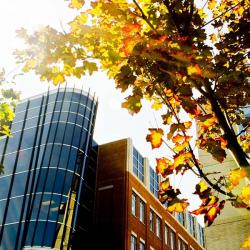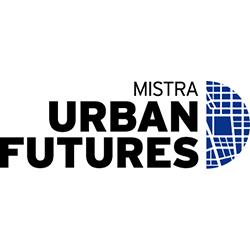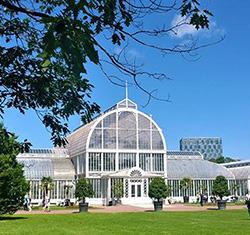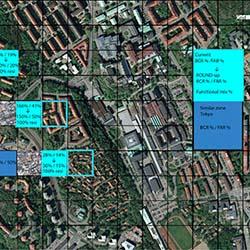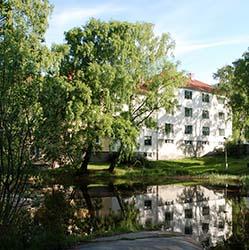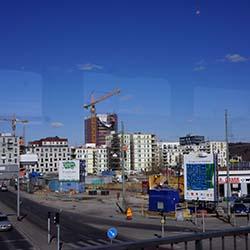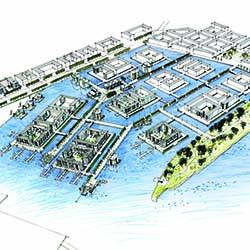Simulation shows how the air is affected by dense cities
The interest to densify urban areas has risen quickly throughout the western world. It is cost-effective, requires less transportation and can save green areas from being development. However, a dense neighborhood may affect the air quality in different ways.
Now, IVL Swedish Environmental Research Institute and White Architects within Mistra Urban Futures, will simulate how wind speed and transmission of air pollutants changes at a number of different densification scenarios.
- A densification of the urban environment does not necessarily affect the air quality negatively. Depending on how you build the local air can even be improved. Single multi-storey buildings, for example, have positive effects on the level of contamination at the ground level, says project leader Marie Haeger-Eugensson, from IVL.
The pilot area for the study is Kungsholmen in Stockholm, Sweden, an expansive area with both current and planned densification projects. By using a variety of three-dimensional simulations, of for example uniformly high buildings, individual multi-storey buildings and a varying degree of green space interspersed between buildings, you are able to calculate the concentration of air pollutants at the ground level and roof level.
By improving the knowledge on of how wind speed and air pollution is affected at different densification scenarios you can in a better way anticipate th negative effects and take them into account at the planning stage. Thus, you can limit the high levels of air pollution, without deteriorating the climate when it comes to wind and comfort. The city and its structures can consequently be used as optimal as possible.
For further information, please contact:
Ann-Louise Hohlfält, Mistra Urban Futures, + 46 (0)31 772 49 77, ann-louise.hohlfalt@chalmers.se
Marie Haeger-Eugensson, IVL Swedish Environmental Research Institute, +46 (0)31-725 62 41
Åsa Keane, White Architects, + 46 (0)8-402 25 74
